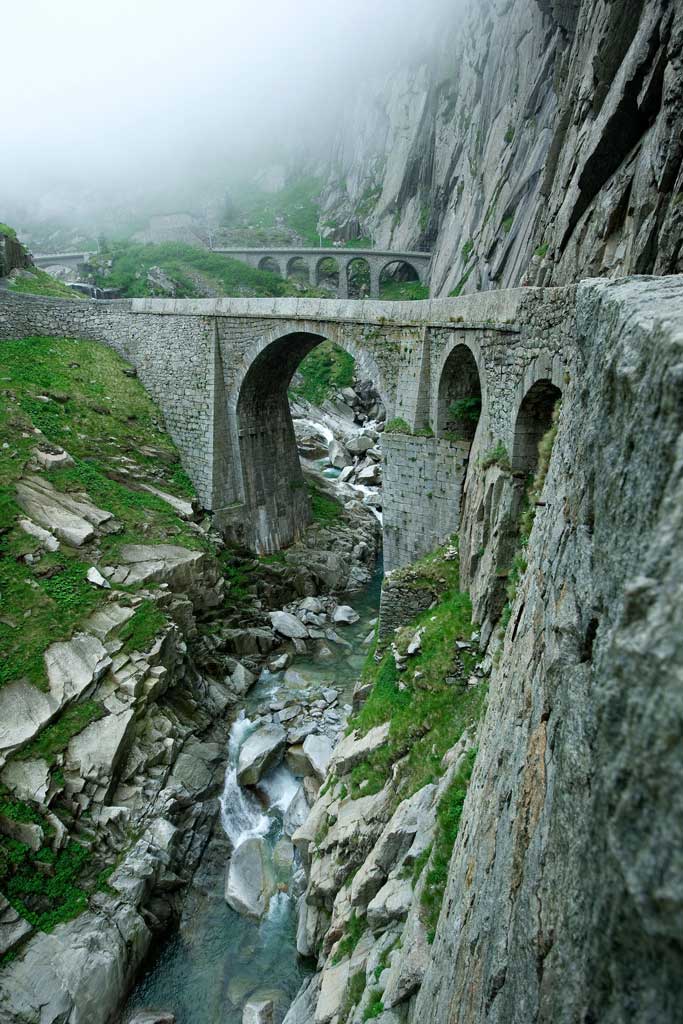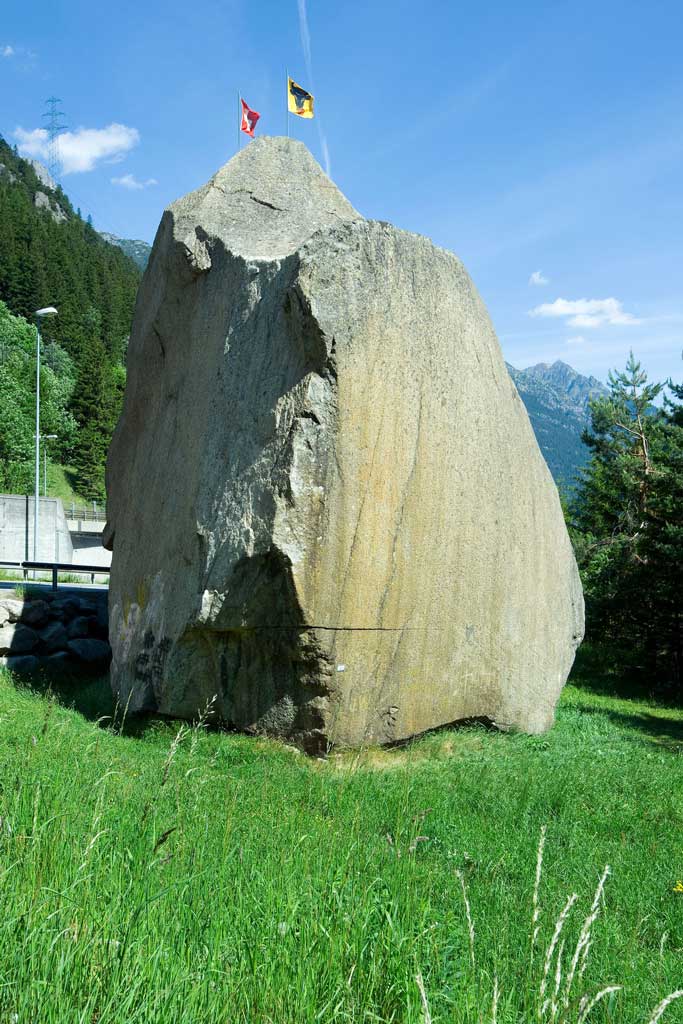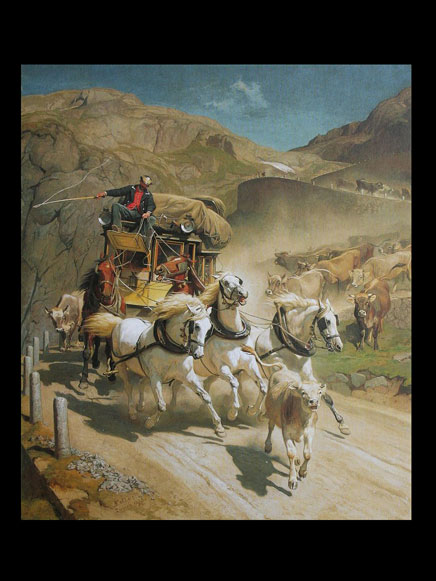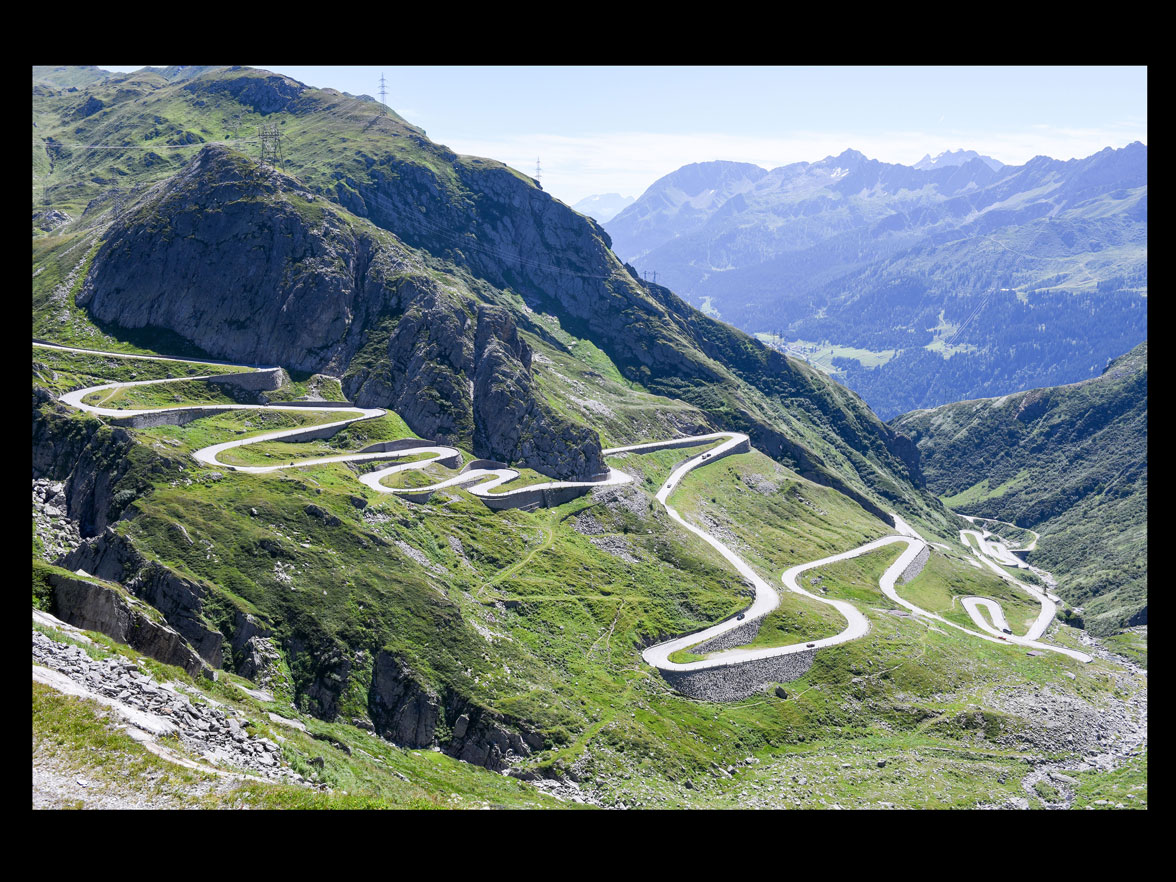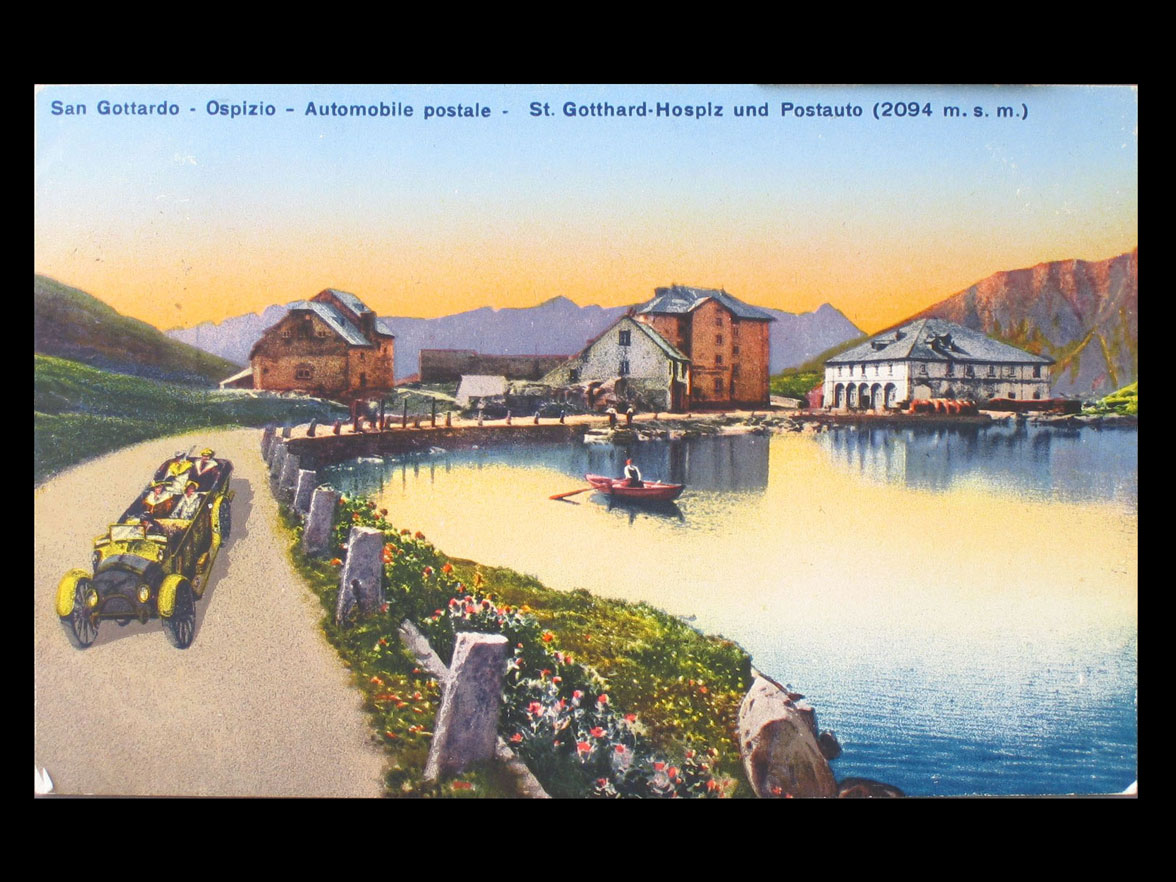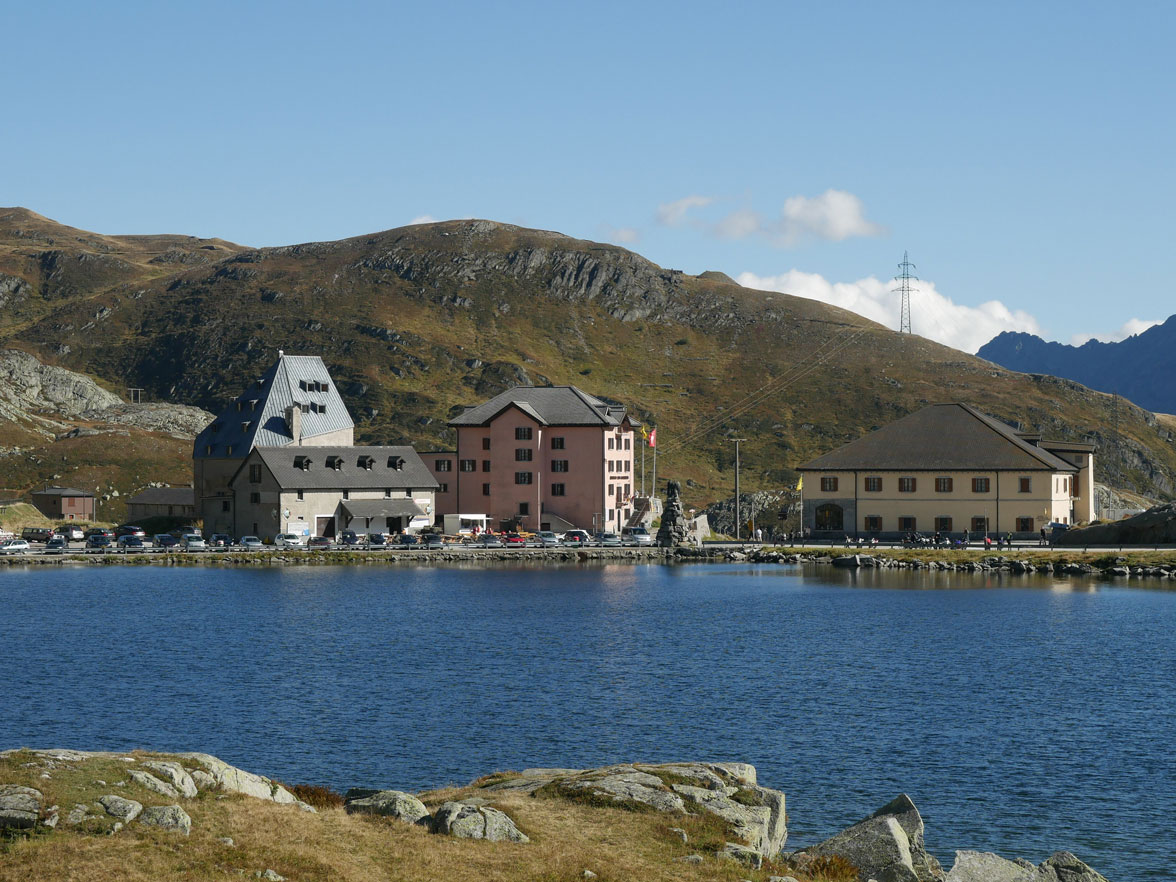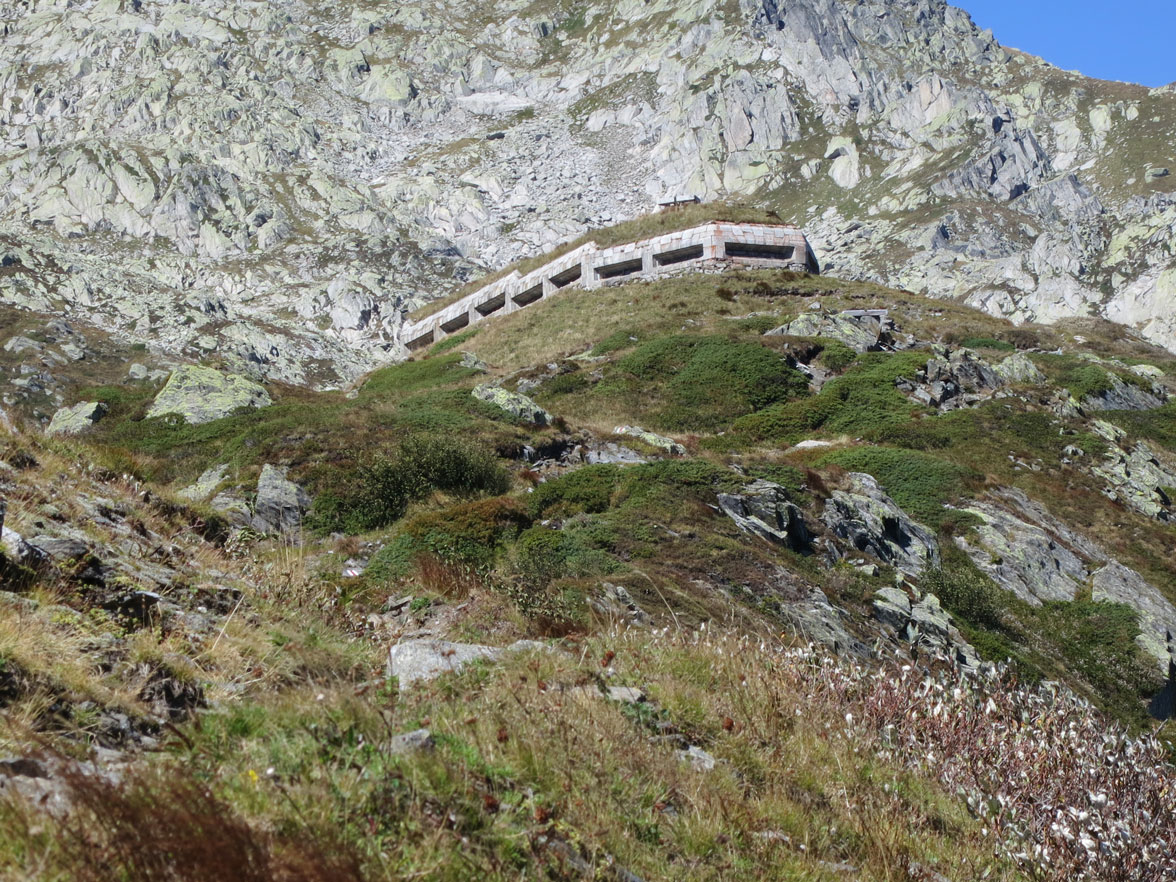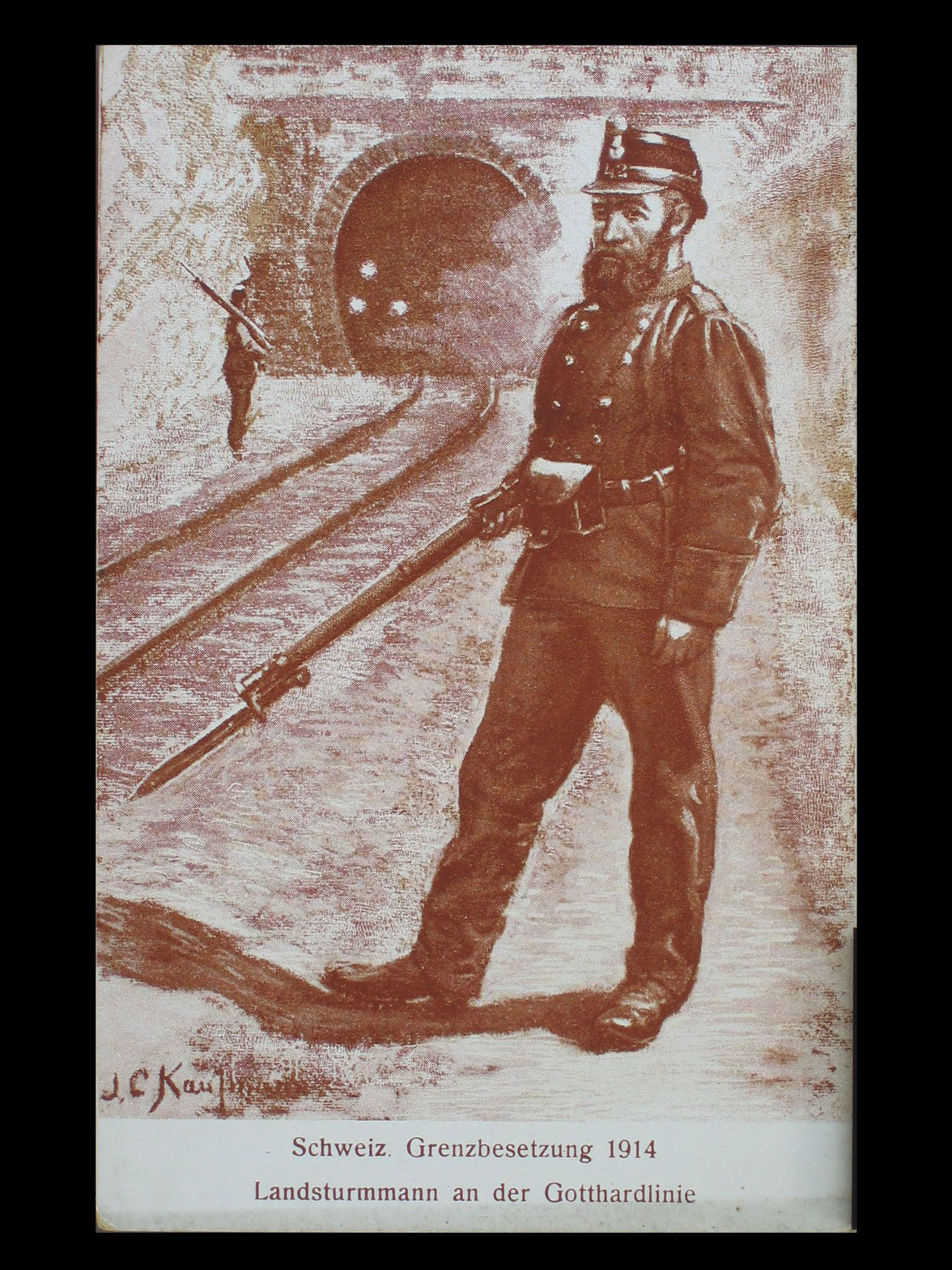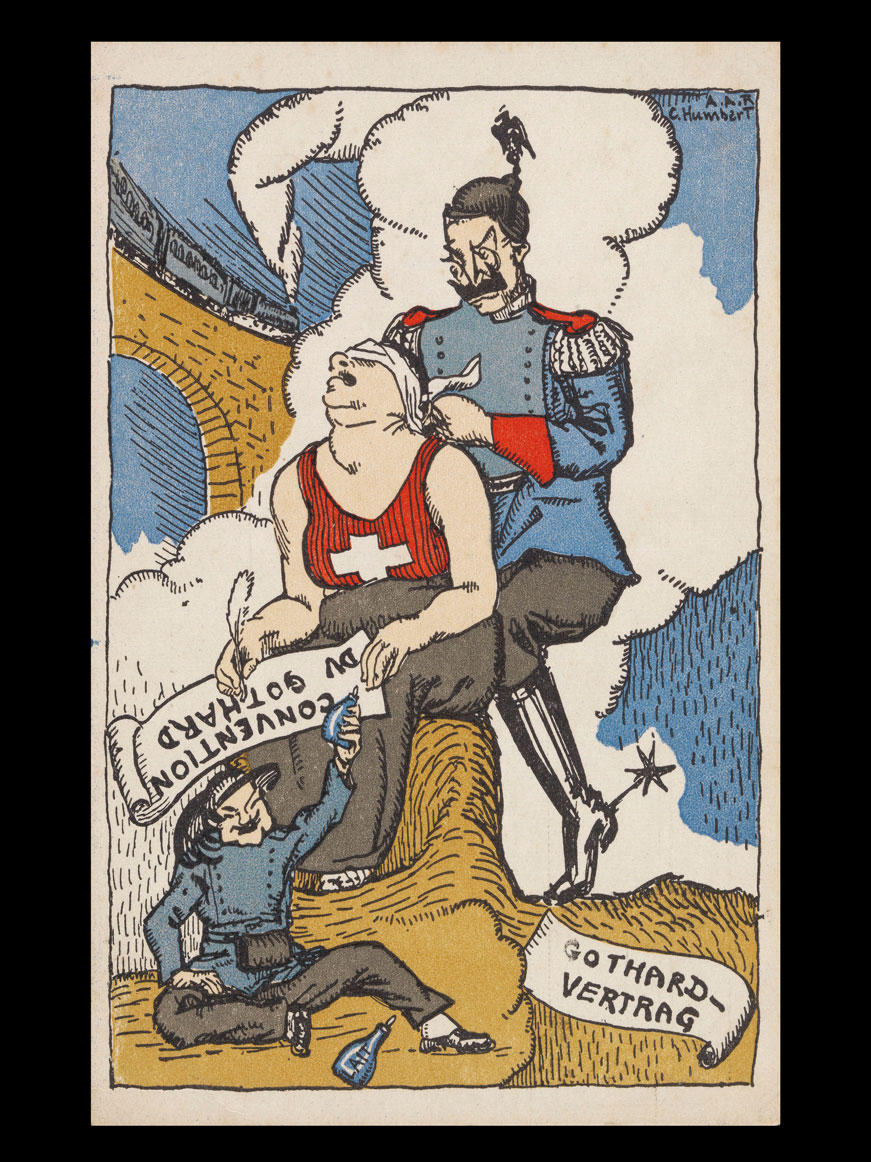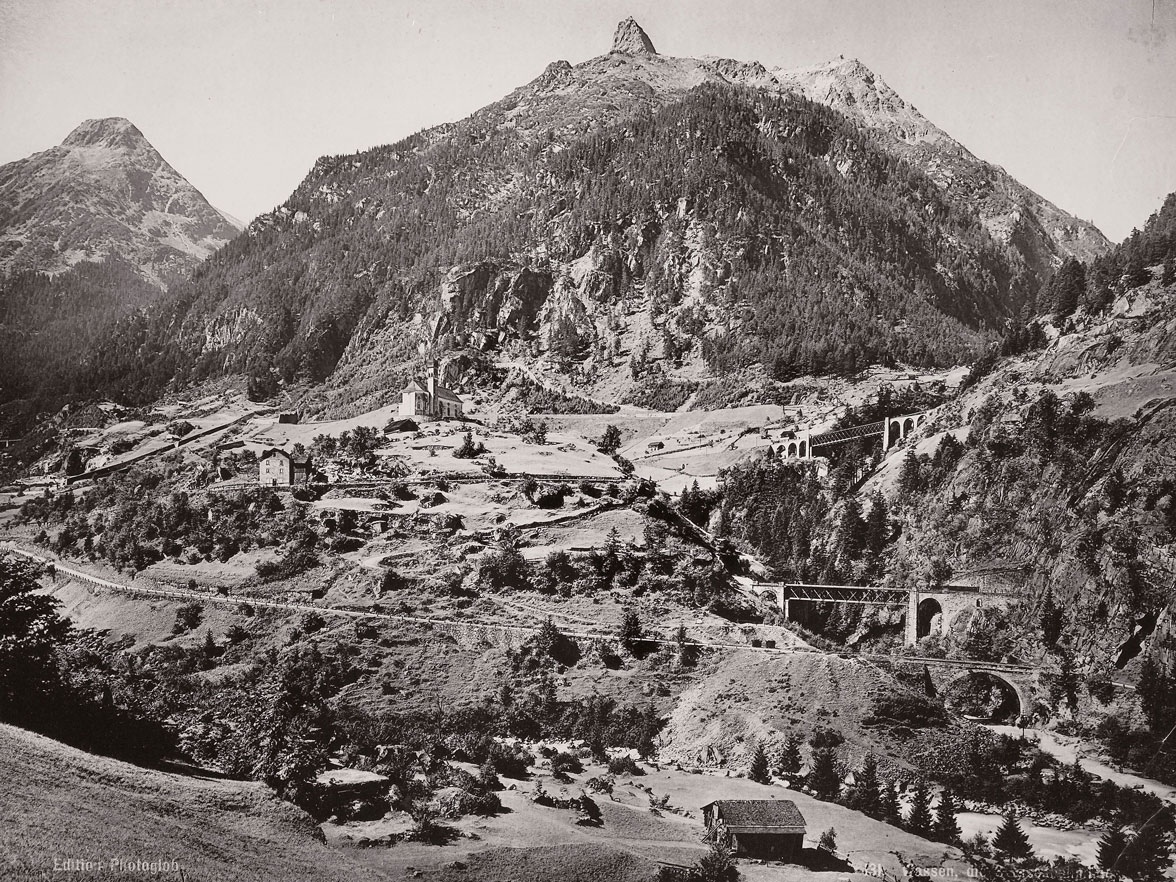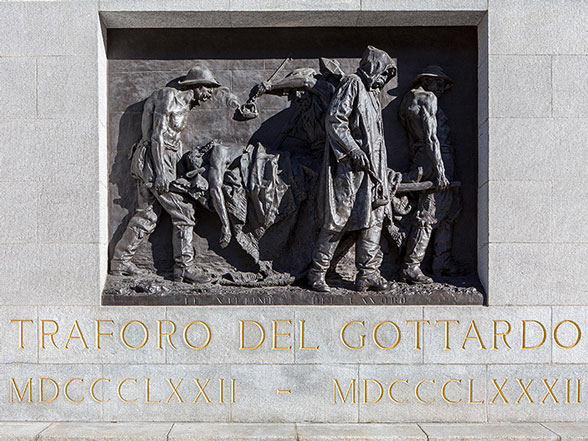The Gotthard is more than a mountain pass. Various eras have carved their own histories into its rocks, giving mythical status to this Alpine massif in Central Switzerland. To this day, talking about the Gotthard acts as a cultural trope throughout Switzerland, a shared value that has a cohesive function in society. The origins of the myth can be relatively precisely identified and dated: they began with an academic debate among historians in the first two decades of the 20th century, which was subsequently popularised in a wide variety of forms. The Gotthard Massif became a symbol of Swiss national sovereignty and technical prowess thanks to its defensive military function in World War I and above all in World War II, when the Swiss armed forces command built numerous fortifications inside its rock. In the political discourse on the intellectual defence of the nation, it grew to become the physical representation of the Swiss concept of the state. The basic features of this secular consecration of the Gotthard last to this day; they have their own special manifestation in the canton of Uri, where the national mythology has been fortified with elements of the local narrative tradition – above all with the well-known tale of how the Devil’s Bridge (Teufelsbrücke) was built – and in Ticino, where the story behind the railway tunnel, which opened in 1882, enjoys popularity. These links with transport history have again come to the fore throughout Switzerland in the past three decades. The construction of the Gotthard Base Tunnel has given fresh impetus to the somewhat stale myth.
Detailed description
Gotthard-Geschichten (PDF, 518 kB, 25.06.2024)Ausführliche Beschreibung
Category
Oral expressions
Performing arts
Canton


